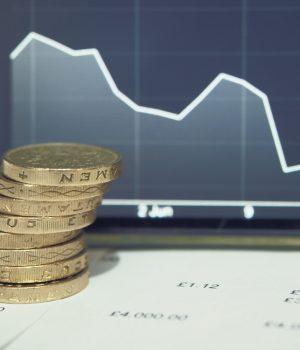Unemployment in the UK fell to 4.4 percent in the second quarter of 2017, the lowest level since 1975.
Unemployment for the quarter fell by 57,000 for the three months to June, marking the lowest level in over 30 years.
In addition, the figures released by the Office for National Statistics (ONS) revealed wage growth increased by 2.1 percent compared with a year previously. This marked a slight increase from 2 percent for the month before.
Ruth Gregory, UK economist at Capital Economics, said: “The latest labour market figures provided some signs that the tightening in the labour market may be leading to a recovery in wage growth at long last.”
Nevertheless, high inflation levels continue to impact upon real wages across the U.K. Inflation continues to hit 2.6 percent, with real earnings falling by 0.5 percent.
“The employment picture remains strong, with a new record high employment rate and another fall in the unemployment rate. Despite the strong jobs picture, however, real earnings continue to decline,” commented Office for National Statistics senior labour market statistician Matt Hughes.
Specifically, jobs were created in the construction, accommodation and food sectors, alongside the transport and storage industries.
Figures revealed that those on controversial ‘zero-hour’ contracts had also lessened, an encouraging development for many seeking more work stability.
“The number of workers born elsewhere in the EU continues to increase, but the annual rate of change has slowed markedly,” Hughes added.
Whilst Prime Minister Theresa May announced back in January her intention for the U.K to leave the single market as part of Brexit negotiations, it remains to be seen what the final agreement regarding EU citizens residing and working in the U.K will be.
Brexit negotiations continue to play out in Brussels, with key issues of migration, customs and trade being a key concern for both parties.
The latest figures caused the pound sterling to bounce 1 cent up against the dollar as the market reacted to the news.




